Updated on April 26, 2025
Stances - The Most Important Secret in Martial Arts Practice
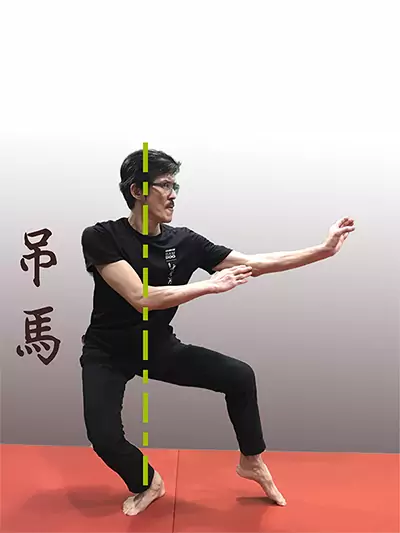
My Sifu had always told me and my fellow trainees, "Your "ma" [馬 or horse] is not steady enough". This has been the most common criticism amongst many novice kung fu practitioners.
The term "ma" or 馬 or horse as it is called, is a common posture in Asian martial arts. The posture resembles a position one assumes when riding a horse. When martial artists train stances, the goals are to strengthen the legs, core and lower back muscles.
Perhaps, the horse stance is an ancient warrior's adaptation of actual horse-riding stance to test their recruits' ability to stay on the horseback before they start wielding a heavy weapon. Can any ancient warfare historian confirm this?
When we successfully hold our stances, we will experience the grounded feeling.
Many many years later, I realized how important is the "ma". If we are sufficiently grounded, we are more effective in our weight-bearing activities in our daily lives. For example, walking, running, jogging, dancing - all these are activities in which our legs, core, lower back bear the weight of our bodies.
Why is the stance so special?
Concept and principle
All execution of human activities is influenced by the earth's gravitational force. In our case, gravity affects our kung fu techniques too. How does this relate to kung fu stances?
Push into the ground (earth) to propel forward.

When we walk or run, our feet push into the ground to propel our bodies forward. Similarly, when we execute a striking technique in kung fu, we will need to push our feet into the ground so that, the ground can return the opposite reaction force upward through our bodies allowing us to strike onto a target.
Our bodies are mechanical systems of head, torso and limbs interconnected through joints. The system is called kinetic chain or kinematic chain. Having joints in our bodies allows us to move. In the ideal world, the transfer of reaction force through the body's kinetic chain is equal and opposite to the pushing force from the feet against the ground.
Since the joints are mobile, they are the source of weaknesses and energy leaks during the transfer of energy through the kinetic chain.
When we say our stances are wobbly, what we are really saying is the joints connecting our limbs to each other, to the core or centre of our bodies are wobbly and weak. Basically, we are saying there is not enough support around our joints to prop up our structure.
It is important to be able to maintain solid body structures so that, the energy can be channeled from the ground up through the body to the surface of the target.
Tightening up the joints
So, we need to tighten up our joints to bolster the sturdiness of the stances.
Our joints are held together by multiple bands of tissues (i.e. ligaments, muscles & tendons) overlapping each other in multi-directional arrangements allowing us to hold our postures upright. It is like having multiple guy wires holding up radio towers or masts of sailboats. Unlike radio towers or sailboat masts, our muscles and ligaments not only “guy-wire” our limbs. There are also muscles & tendons together with ligaments which are arranged in an overlapping stitch pattern. The stitch arrangement provides additional stability especially in the abdominal region of our bodies.
In a dissimilar sense, guy-wires don't lose strength or tension but, muscles in our bodies become weak and stiff if they are de-conditioned i.e. if we stop exercising for a long time.
Without relying on just blindly bashing pads for thousands of hours and hopefully one day the force of nature will just soak into our bodies and make us strong, I have decided to inject some problem resolution skills I have learnt during my time as an engineer in the automotive industry. We need to understand the cause and effect.
Every case I have encountered is unique but, in the end, it converges to the following common causes.
Causes: muscle weakness, range of motion restrictions, unnatural techniques
Properly holding the perfect stance posture is challenging. However, it is attainable with the understanding of the causes and know-how to help overcome the challenges. Some of the causes are:
- Muscle weakness - Muscles are weak because they are lacking in the required conditioning; the effect is not able to hold the stance effectively. When holding stances, the hip joints, the vertebrae of the lower back, knees, ankles and tarsals, metatarsals, digits of the feet are the body parts that form part of the kinetic chain. Most of us are able to activate muscles and stabilize joints of the extremities but, we often forget to activate musculature around the trunk of our bodies: the hip joints and spinal joints in the lower back. We need to activate the tension “guy-wires“ and “stitch” patterns of the core muscles to stabilize the trunk and anchor them onto the pelvic bucket which sits on the hip joints. Some of us who are physically inactive may be lacking in the neural control or physical literacy to engage the core and butt muscles to establish the kinetic chain.
- Range of motion restrictions - In order to hold the stances, the range of motion may be extremely challenging because we have not been exposed to the movement ranges. Some of us may have not stretched to the required range for a long time and therefore have lost the flexibility to hold the stances. As an example, a desk jockey who has stopped stretching their hip flexors for many years will experience restrictions in the front of their hips when performing lunge exercises. The effect is not able to get into and remain in the stance posture.The common restricted movements of the body are:
- Pushing knees outwards (restriction due to IT [iliotibial] band & adductor [groin] muscles)
- Stretching Achilles’ tendon (the tissue at bottom of calf muscle)
- Internal rotation of hip joint
- External rotation of hip joint
- Lunge movements (due to tight hip flexors)
- Inhabitual to unnatural techniques - A lot of martial arts techniques are unnatural to normally untrained person. Habitually, we deviate from the intended technical posture reverting back to our old habits. The effect - less able to control technique. The mindful practice of unnatural techniques is what challenges us. The challenge is to overcome the unnaturalness of the techniques and this itself is personal growth for every practitioner - mentally, emotionally, physically.
Action - addressing the issue
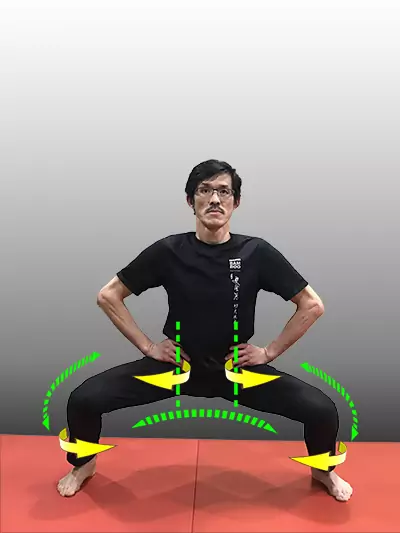
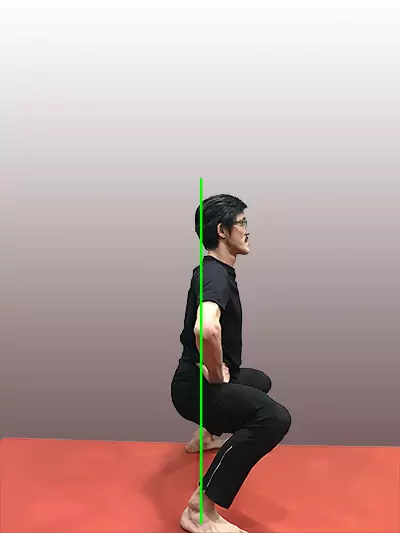
Martial arts techniques involve complex sets of movements. The best way to improve proficiency in the techniques is to repeatedly practise the techniques. In this case, we will need to practice moving in the stances to address the muscle weaknesses, range of motion restrictions. Through the many repetitions of moving with stances, our bodies will develop muscle memory and unnatural techniques become natural.
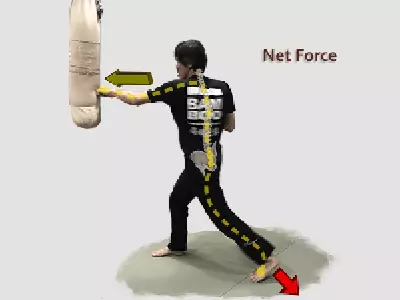

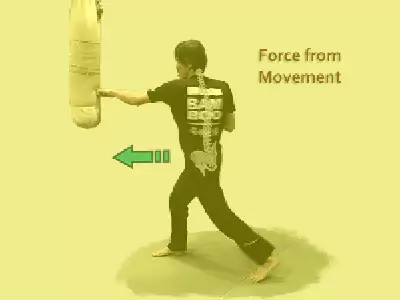
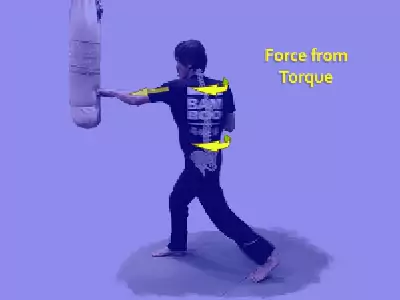

Grounding from the stances provides a steady base for launching martial art techniques. A wobbly stance will limit the effectiveness of any technique. Many generations of martial arts masters have been critiquing their disciples' wobbly stances; in parallel with what strength conditioning coach, Charles Poliquin, had said "You cannot fire a cannon from a canoe."
Imagine firing a cannon from a small boat ...

You get the idea ...
Check out our kung fu classes, learn how to build your kung fu stances so you will be more sure of your footing and stay grounded 👍👊
You may be interested in:
Kung Fu performance at the 2023 Toronto Chinatown Festival
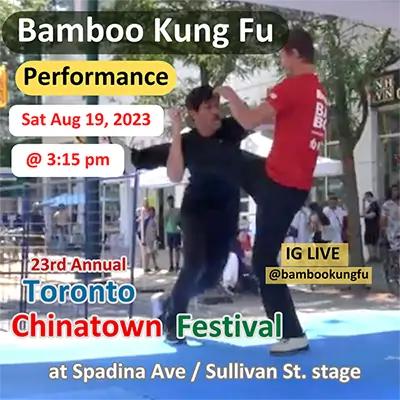
Bamboo Kung Fu students will perform Chinese martial arts on stage at the 23rd Toronto Chinatown Festival on Saturday, August 23, 2023. Our show will begin at 3:15 pm (UTC/GMT -4).
The martial arts show will be held at Spadina Avenue and Sullivan Street.
More - Martial art performance at the 2023 Toronto Chinatown Festival
Punching Power “Leaks”: How Bad Posture Lowers Punching Power
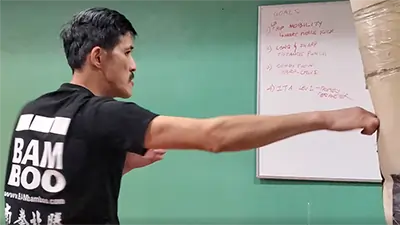
Does bad posture reduce punching power in kung fu? Yes. Forward-rounded shoulder posture reduces the leverage of the kinetic chain and affects punch accuracy, especially in Buk Sing Choy Li Fut kung fu.
More - How Bad Posture Causes Punching Power Leaks
Kung Fu Online Live Martial Arts Classes Long Distance Learning
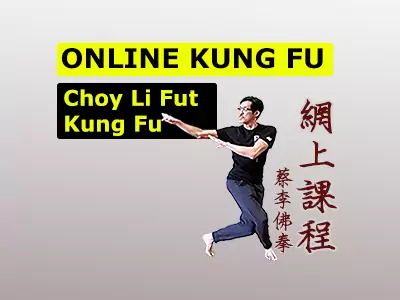
Online live interactive martial arts classes in the comfort of your home. Go to kung fu classes without travelling
More - Online Kung Fu classes
LIVE Online Kung Fu-Blind River, Elliot Lake, Thessalon, Bruce Mines
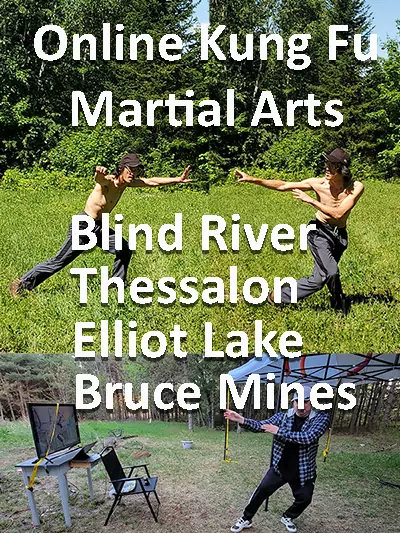
LIVE Online Kung Fu in the townships of Blind River, Elliot Lake, Thessalon, and Bruce Mines in northern Ontario.
Our online classes are cast LIVE from our location in downtown Toronto. Our online classes are Hybrid classes. This means the online classes are run together with in-person classes.
More - Online Kung Fu-Blind River, Thessalon, Elliot Lake, Bruce Mines in northern Ontario
Adult kung fu
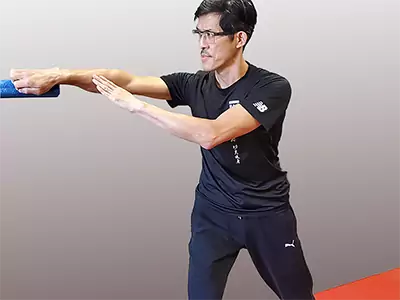
In-person and online options available.
Choy Li Fut kung fu is a dynamic martial art style with a diverse repertoire of movements. Class curriculum:
Primary goal: Improve overall fitness.
Secondary goal: Gain self-defence knowledge, Foster good biomechanics and posture to help you in day-to-day activities of daily living (ADL).
Everyone is welcome, with or without previous martial arts training experience.
More about Adult kung fu
Children kung fu

In-person and online options available.
Studies have shown the positive trends of long-term participation in physical activity programs such as martial art. Such programs help improve children’s executive functions i.e., creativity, flexibility, self-regulation, discipline, and working memory functions.
By instilling good movement patterns in the children’s kung fu program, children will gain the foundation which will set them up for a healthy and active lifestyle.
More about Children's kung fu
Essentrics™-stretching, strengthening, mobility full body exercise
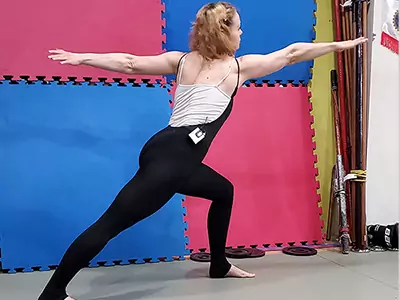
In-person and online options available.
Essentrics™ is a full-body workout that draws inspiration from ballet, Tai-Chi, that develops lean, strong muscles and improves your posture. The fluid and dynamic movements nature of the exercise is low impact and improves joint health. Lighten up your mood and move to the rhythm of the songs playlist.
More about Essentrics™
